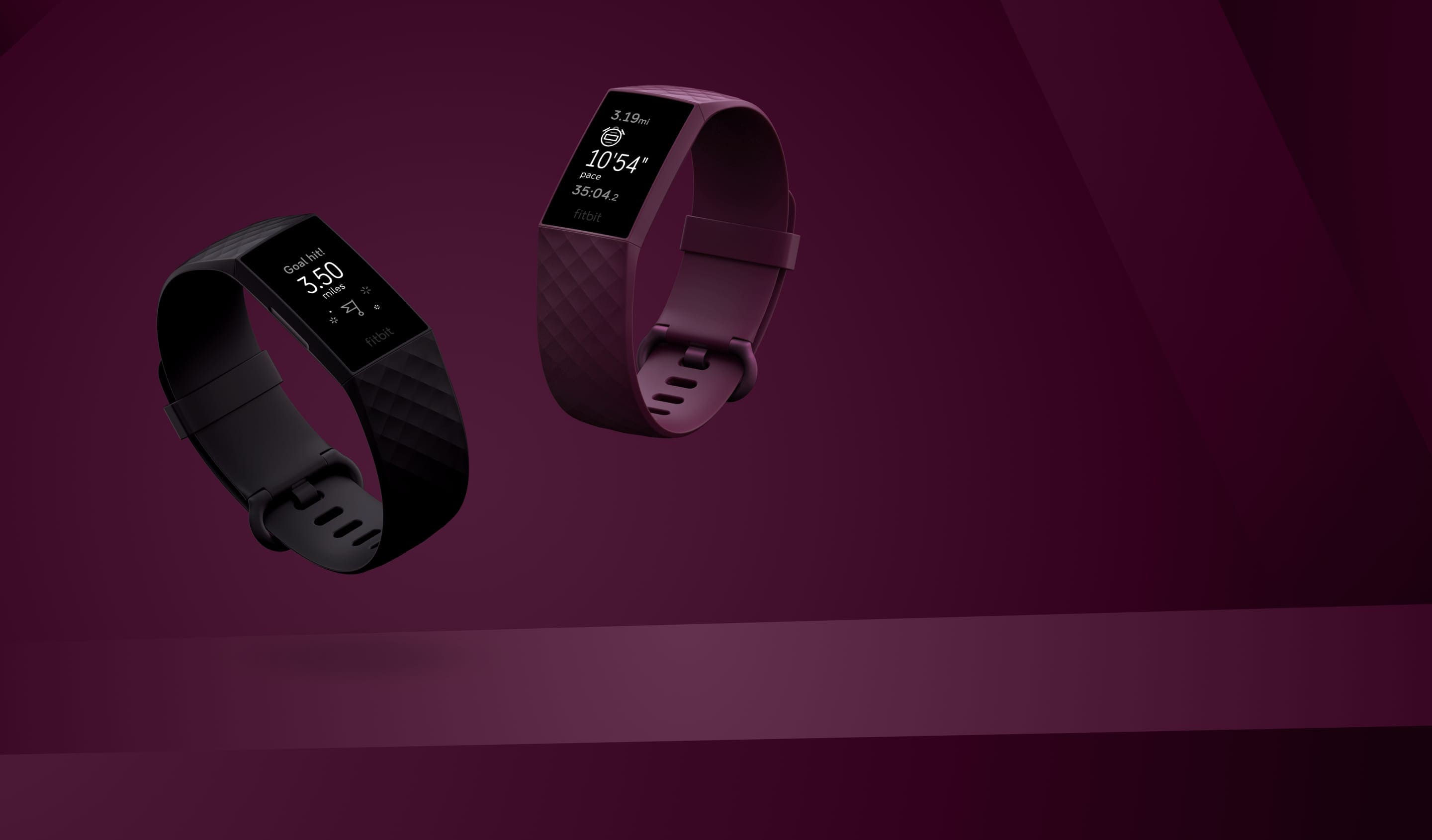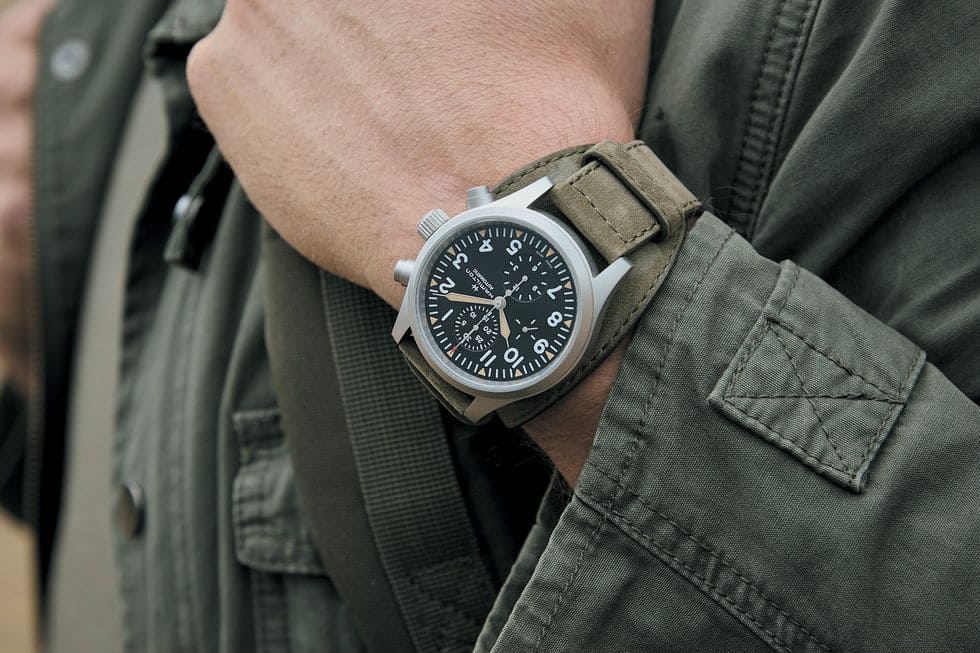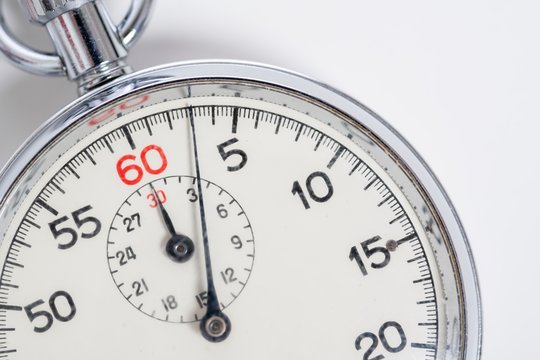I get a lot of questions from people who follow my blog about which are the best wearable blood sugar/glucose monitor devices in the form of a CGM, and whether there is a smart watch or fitness watch manufactured by Apple or Fitbit that can measure blood sugar. As well as the most common: Is there a diabetes meter that doesn't need to draw blood from the finger?
In this essay, I will address all of these questions, as well as a few more.
Notably, the number of individuals who have diabetes is on the rise, and the primary reason for this is obesity, along with leading a sedentary lifestyle. According to the most recent available statistics, there were 422 million people living with diabetes around the globe in the year 2014. It certainly raises some concerns.
The care of this chronic illness, which is characterized by an increase in blood sugar levels, is a complicated procedure. This is of the utmost importance. Because of this, it is often necessary to work with people from different fields to help control glucose levels.
To be successful in reaching your objective, you will need to make some adjustments to the way you live your life, such as adopting a diet devoid of sweets and engaging in consistent physical activity. In addition to this, you will need to participate in medical care in order to keep your blood glucose levels under control.
The Top Continuous Glucose and Blood Sugar Monitors to Wear in 2022
Because keeping track of your blood glucose levels is essential to the treatment of diabetes, a number of prominent companies are now working on the development of wearable devices that can monitor your blood glucose levels. Also, they want to be able to find out about this condition ahead of time with the help of these wearable devices, so they can take steps to prevent it.
- These wristwatch-like wearable technology devices are known as smartwatches.
- Wristbands with Embroidered Skin Patches
- Contact Lenses
- Intelligent Footwear and Socks
To answer the question, "Is there a diabetes meter that doesn't need blood via finger pricking?": Yes, there is such a device.
The answer is yes, and it may be found in continuous glucose monitoring (CGM) devices.
Continuous Glucose Monitoring (CGM) devices have been the most common sort of wearable gadget up to this point for the purpose of monitoring one's blood glucose levels. Did you not previously know about CGM? In any case, Continuous Glucose Monitoring (CGM) is a technique that may monitor one's blood glucose levels nonstop during the whole day (CGM).
In addition, continuous glucose monitoring devices take readings at predetermined intervals not just throughout the day but also during the night. Even more fascinating is the fact that it gives you a quick and easy way to check the glucose levels in your blood anytime you want to.
You may analyze the manner in which your glucose levels change after a few hours or after a day to determine if there are any patterns developing. If you are able to check your glucose levels in real time, you will be in a better position to determine how to effectively balance your nutrition, activity, and medicine during the course of the day.
People who have type 1 diabetes could find that they benefit from using a Continuous Glucose Monitoring (CGM) device. In addition, those with type 2 diabetes who take sulfonylureas, basal insulin, or repeated injections of insulin may also benefit from utilizing this supplement. Aside from that, those who are unaware that they have hypoglycemia or who are at risk of developing hypoglycemia are also able to benefit from the CGM system.
There is a growing demand for smartwatches that are able to monitor blood oxygen levels. If you want to learn more about this topic, I wrote an article called "The Best Smartwatches With An Oxygen Sensor (SPO2)" that will give you a lot of information about it.
Additional Reading: Best Smartwatches For Diabetics
Pondering Over How Does The CGM System Work?
In order for a continuous glucose monitoring system (CGM) to function properly, a microsensor must first be surgically implanted under the skin of the user's arm or belly. After that, the sensor will measure the amounts of glucose that are present in the interstitial fluid. In addition to that, the sensor checks your blood glucose levels every few minutes. Wirelessly transmitting the information to a monitor is done using a transmitter.It's possible that the monitor is a component of a different gadget altogether, such as a wristwatch or an insulin pump. Also, many CGMs can send information right to a user's tablet or phone.
Here is a piece that I have published about the best Android smartwatches that contain an electrocardiogram monitor, in case you are interested in purchasing a smartwatch that can monitor your blood pressure.
Which CGM Device Do You Think Would Be the Most Effective? And how accurate are these measuring instruments?
In contrast to the traditional blood glucose meter (BGM), which provides information from a single finger prick, the CGM devices will give you a full day's data that can be viewed on smart devices such as watches, smartphones, and tablets. These CGM devices are very accurate and provide a large amount of data."Instead of a picture, you get a comprehensive tale," is how Dexcom defines the information it provides.
Consideration needs to be given to the precision of the glucose readings provided by the CGM system in question when making a decision on which one is the most effective. In light of this, the Food and Drug Administration (FDA) of the United States has recently given its approval to the following continuous glucose monitoring (CGM) devices:
Reviews of the Five Best CGM Devices in 2022
1. The Dexcom CGM System, which is compatible with both the Apple Watch and the Fitbit, measures glucose levels in the blood around the clock.
This CGM system, which has been authorized by the FDA, is able to determine levels of blood glucose in diabetes adults as well as diabetic children over the age of two.
The following are some of the components that make up the Dexcom CGM system:
- Just below the surface of the skin is a microscopic sensor for measuring glucose levels.
- A transmitter that attaches to the top of the sensor and transmits glucose readings to your display device in a wireless manner.
- A supplementary intelligent gadget or a small receiver that displays information in real time about glucose levels.
The Dexcom CGM System is capable of being coupled with a variety of different supporting electronic interfaces in addition to medical equipment. This is what differentiates it from other products on the market. Insulin pumps, automated insulin dosage systems, and blood glucose meters are some examples of other assistive technologies that may be used in this context. In addition to that, it also consists of a few other technological gadgets that are designed to control diabetes.
Additional Reading: Smartwatch Radiation - Health Risks & Protection Tips
Is There a Smart Watch or Fitness Tracker Available from Apple or Fitbit That Can Monitor Blood Sugar?
The short answer is that they cannot do so on their own; however, with the help of a linked device, they will be able to display your blood glucose levels throughout the day, alarm you when necessary, and perform other functions.You may install a Fitbit watch face that is connected to Dexcom here, and this watch face will allow you to display your Dexcom CGM on your watch. For example, the Dexcom sensor and app are compatible with popular smartwatches like the Apple Watch and Fitbit Ionic, Versa, and Versa Lite.
The Dexcom G5 and the most recent version of the G6 Mobile App are both compatible with the Apple Watch. By pairing them, users will be able to utilize them to observe their glucose measurement, trend graph, and trend arrow in a discrete manner.
You may use the digital crown to browse through the trend graph view when it is displaying the data for one, three, or six hours.
When it comes to gizmos like the Apple Watch, everyone is searching for a device that serves several purposes and eliminates the need to purchase a separate one for each of those purposes.
With the addition of the Dexcom sensor and software, your Apple Watch is now more than capable of keeping you apprised of the status of your blood glucose levels. As a result, it is now one of the most effective glucose monitors that can be worn.
Recently, the Dexcom app has begun functioning faultlessly with Fitbit on all of the company's smartwatches, including the Ionic, Versa, and Versa lite. The glucose data may be read directly from the wrist of the user thanks to the CGM system provided by Dexcom.
This is what helps a great deal in blending the characteristics of monitoring activities together with taking frequent measurements of glucose, which ultimately results in improved diabetes control.
In the field of wearable fitness trackers, there is little question that Fitbit has long held the position of industry leader. Now that the Dexcom sensor and software are available, you may use the fitness tracker of your choice to monitor and control your diabetes.
You may learn more about it by visiting the Dexcom website and looking it up there.
2. The Eversense Continuous Glucose Monitoring System provides accurate readings of blood glucose on your mobile device.
Eversense's Continuous Glucose Monitoring System is built with accuracy in mind and is designed to endure for a longer period of time. In addition to this, it is simple to use and offers improved benefits in contrast to more conventional forms of CGM.Even more intriguing is the fact that it notifies you in three distinct ways, namely, visually, audibly, and via vibrations felt on your body. Therefore, it provides you with the added benefit of increased safety even when you are asleep.
This continuous glucose monitoring (CGM) system was developed by Senseonics Inc., and its components include an implanted fluorescence-based sensor, a mobile application, and a smart transmitter.
This CGM system provides you with real-time monitoring of glucose every 5 minutes, and it does so for a period of time that is more than three months at a time.
In addition to this, through the use of a mobile device that is compatible with it, the patient is able to see the trends and warnings as well as the glucose readings on its display.
3. The Guardian Connect System is a blood glucose monitor that is simple to use and is compatible with Apple watches.
This modern continuous glucose monitoring device was developed by Medtronic MiniMed, Inc., which is a company that is still in business today. It takes readings once every five minutes to determine the glucose levels.Through the installation of the Guardian Connect app on a mobile device that is compatible with it, patients are able to see the current value of their glucose levels on the display.
This app provides glucose sensor data, alarms, and trends in a format that is simple to use. In addition, considering that this app is a component of a CGM system, it does not support insulin.
Additionally, the user is provided with a little sensor that is intended to be worn continuously for a period of one week. In addition to this, the user will also have access to a covert low-profile Bluetooth® transmitter that may be worn in practically any environment.
In contrast to other CGM systems, which need replacement of their transmitters four times as often, this one just needs a single rechargeable transmitter to last for at least a year of usage.
Users of the Guardian Connect System are given the ability to both observe patterns in glucose concentrations and identify trends in those patterns. In doing so, it contributes to the maintenance of acceptable levels of glucose in the blood.
This technology enables users of Apple products to monitor their blood glucose levels in an effective manner, which is a benefit for those who use Apple products.
Additional Reading: Which VO2 Max Watch Is Most Accurate?
4. The MiniMed 670G Device is a state-of-the-art blood sugar monitoring system.
Again, Medtronic MiniMed, Inc. is the company that is responsible for the development of the MiniMed 670G System.The fact that this CGM system is the first hybrid closed-loop system to be authorized by the FDA is what gives it its unique distinction.
If a person uses a hybrid closed-loop system, it may be possible for them to be relieved of some of the regular responsibilities necessary to maintain stable levels of blood glucose.
Or it might help the user sleep through the night by reducing the need for them to wake up throughout the night to test their glucose levels or take their medication.
However, you should discuss your use of this system with your primary care physician in order to determine whether or not it is suitable for you.
Notably, this CGM system is able to monitor glucose and automatically change the supply of basal or long-acting insulin based on the glucose reading that is being received from the user.
In addition to that, it has a continuous glucose monitor (CGM) that can measure the user's blood glucose levels for a period of time that is longer than seven days. In addition to that, there is a glucose meter and an insulin pump present, both of which are used in the process of calibrating the continuous glucose monitor (CGM).
Even more intriguing is the fact that this CGM device is able to either reduce the amount of insulin that is delivered or completely cease doing so after determining that the user's glucose levels have decreased. or an increase in the glucose levels that occurred without his or her participation.
5. Libre Freestyle
The technology that was created by Abbott consists of two components: an electronic controller (referred to as the "reader") and a sensor that can only be used once and may be used for a total of 14 days. The sensor is round and about the size of a coin. It is affixed to the back of the arm and uses a very thin fiber that is five millimeters long to measure the amount of sugar that is present in the intercellular fluid.The technology behind the system is called FLASH, which stands for "Flash Glucose Monitoring." It consists of a sensor that is worn on the arm and can be scanned with an electronic reader to display the current sugar level, as well as a trend arrow that indicates whether sugar levels are expected to increase or decrease, and information on sugar levels from the previous 8 hours.
The system is appropriate for diabetics of all types and heralds a genuine revolution in the improvement of their quality of life, as well as in the treatment of the disease's administration and maintenance.
The patient must execute a "scan" operation in order to see the sugar level. This involves moving the controller over the sensor in a much shorter time than one second. After this, the most recent sugar level will be displayed on the controller monitor.
This procedure may be carried out even if the sensor is concealed by clothes and is located up to 4 centimeters away from the probe. Communication between the sensor and the reader is accomplished via the use of a common wireless protocol, which is similar to what is found on smartphones today.
Additional Reading: Which Is The Best Non Bluetooth Fitness Tracker
[FAQ] stands for "frequently asked questions."
I'm wondering whether there are any wearables that can test blood sugar?
There are now a few different wearables that provide CGM (continuous glucose monitor). It is able to provide you with readings of your blood sugar at any time, day or night.
Is there a difference between blood sugar and glucose, or are they the same thing?
The answer is that there is not really any significant difference between the two. The terms "blood sugar" and "glucose" are used interchangeably in the marketing of wearables.
Does the Apple Watch include a function for monitoring blood sugar levels?
CGM is not yet integrated into any of Apple's smartwatch models, which is a bit of a bummer. However, it is possible that the sensor may be included in the future Apple Watch.
Additional Reading: HP vs. Lenovo Laptops
Just to sum it up:
Is it not fantastic to be able to get more than 288 readings of glucose in a period of twenty-four hours? This is the real functionality that the CGM system is able to provide. In addition to this, it provides you with insight on the pace, levels, and general trend of glucose change in your body. As a result, the CGM system allows you to take preventative measures in the management of your diabetes by providing you with more knowledge. Therefore, if you want to start regulating your blood glucose in a more appropriate way for a higher quality of life, you should acquire the most appropriate CGM wearable device as soon as possible.
I am hoping that you have gained some new knowledge regarding the most effective glucose and blood sugar monitoring gadgets that can be worn, and that you have found this post to be helpful.
Veronica is a culture reporter at Collaborative Research Group, where she writes about food, fitness, weird stuff on the internet, and, well, just about anything else. She has also covered technology news and has a penchant for smartphone stories. .
Leave a reply
Your email address will not be published. Required fields are marked *Recent post

What is the Difference Between Garmin Connect Vs Strava?



